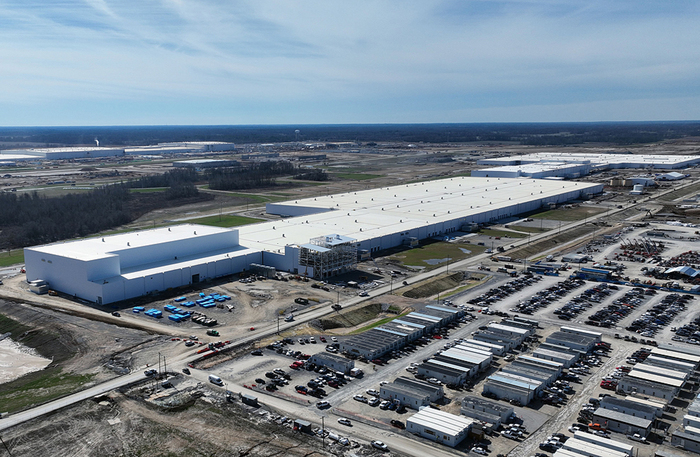»La Galaxie« – that sounds a bit exotic to American ears.
The effect was desired when Ford presented the study with this name at the Chicago Auto Show in January 1958.
On the one hand, the sweeping, two-door sedan celebrated the rocket design typical of the US auto industry of the 1950s, on the other hand, this study was missing something style-defining: There were no tail fins.
The Ford La Galaxie therefore looked familiar and modern at the same time.
The study was not drivable, but was intended to get the audience in the mood for a visual reorientation.
The creative mind behind it was Elwood Engel.
On the one hand, he gave the La Galaxie headlights that were designed like the air intakes of aircraft turbines, but at the same time he also gave the La Galaxie a metal body that was free of almost any ornamentation.
Extravagances were the eye-catching two-tone paintwork that emphasized the front fenders and wheel arches, the unusual side window graphics and a rear end with sprawling exhaust ports into which the taillights were integrated.
A one-off with consequences
Engel knew how to combine futuristic, dreamy elements in the La Galaxie – a look into the cockpit is enough to recognize them – with a concise, pragmatic design language.
The Ford La Galaxie remained a one-off, and its mark was lost soon after its debut in 1958. However, the mark it left on the automotive world is unmistakable.
In the style of the elegant simplicity tried and tested with the La Galaxie, Elwood Engel created a road cruiser icon a little later for Ford's luxury brand Lincoln: the new Lincoln Continental of the model year 1961. It was the first car ever to receive the "Industrial Design Award" from the American Industrial Designers Institute.
Reason: The car is an "outstanding contribution to the simplicity and elegance of automotive design".
The name Galaxie also lived on.
From 1959 Ford brought out a mid-range model under this name, the series was produced until 1974.
Different job, same mission
Elwood Engel switched from Ford to Chrysler in 1961.
He also fulfilled the mission of smoothing out flourishes and removing chrome ballast at his new employer.
Sixties classics such as the Plymouth Fury, Dodge Charger and Dodge Challenger were created under his aegis.
And in 1963 also the Chrysler Turbine Car, which probably came closest to the Ford study La Galaxie.
Only 55 Chrysler Turbine Cars were built for a large-scale test.
The gas turbine drive proved to be extremely reliable, but the consumption was too high and the turbine noise too unusual.
The project was canceled, 46 of the cars were destroyed.
Of the nine remaining Turbine Cars, most are on display in auto museums across the United States.
At the same time, they keep the memory of the Ford La Galaxie alive.









